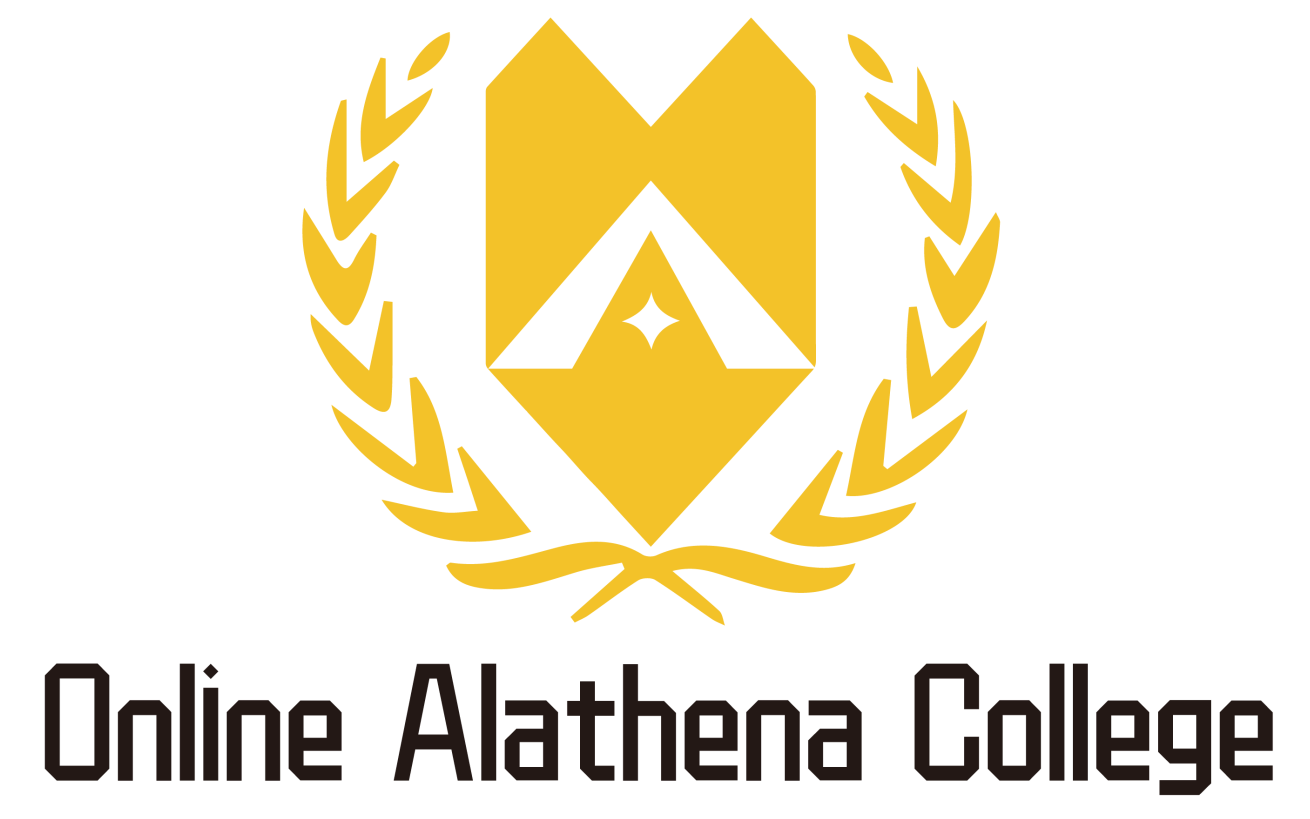MCR3U
Write your awesome label here.
Course features
-
Course code: MCR3U
-
Study time: 110 hours
-
Level: Grade 11
-
Credit Value: 1.0
-
Prerequisite: Principles of Mathematics, Grade 10, Academic, MPM2D.
-
Curriculum Policy: The Ontario Curriculum, Mathematics, Grades 11 & 12, 2007 (Revised)
Course Description
This MCR3U course introduces the mathematical concept of the function by extending students'
experiences with linear and quadratic relations. Students will investigate properties of discrete and
continuous functions, including trigonometric and exponential functions; represent functions numerically,
algebraically, and graphically; solve problems involving applications of functions; investigate inverse
functions; and develop facility in determining equivalent algebraic expressions. Students will reason
mathematically and communicate their thinking as they solve multi-step problems.
Unit 1: Introduction to Functions
In this introductory unit, students will be able to identify a function as a special type of relation, Functions
will be recognized in various representations and function notation will be used. The properties of some
basic functions will be explored.
Unit 2: Quadratic Functions
In this unit, students will explore properties of functions, in particular by determining the zeros and the
maximum or minimum of a quadratic function, and solve problems involving quadratic functions,
including problems arising from real-world applications.
Unit 3: Exponential Functions
This unit will explore several topics including evaluating powers with rational exponents, simplifying
expressions containing exponents, and describing properties of exponential functions represented in a
variety of ways.
Unit 4: Trigonometric Functions & Solving Trigonometric Equations
This unit concentrates students' attention on determining the values of the trigonometric ratios for angles
less than 360°; proving simple trigonometric identities and solving problems using the primary
trigonometric ratios.
Unit 5: Discrete Functions
The unit begins with an exploration of recursive sequences and how to represent them in a variety of
ways. Making connections to Pascal's triangle, demonstrating understanding of the relationships
involved in arithmetic and geometric sequences and series, and solving related problems involving
compound interest and ordinary annuities will form the rest of the unit.
Unit 6: Financial Applications
In this unit is to determine how interest is earned and charged, use the difference
between future value and present value to solve problems, and calculate payments that must be made
when a purchase is financed over a period of time.
Outstanding features for highly customizable Courses, Units, Lessons, and Quizzes.
Unit 7: Course Review & Final Exam
All expectations covered in all the previous units of the course are covered in this unit as a review for
the upcoming final exam.
Overall Curriculum Expectations
A. CHARACTERISTICS OF FUNCTIONS
- A1. demonstrate an understanding of functions, their representations, and their inverses, and make connections between the algebraic and graphical representations of functions using transformations;
- A2. determine the zeros and the maximum or minimum of a quadratic function, and solve problems involving quadratic functions, including problems arising from real-world applications;
- A3. demonstrate an understanding of equivalence as it relates to simplifying polynomial, radical, and rational expressions.
B. EXPONENTIAL FUNCTIONS
- B1. evaluate powers with rational exponents, simplify expressions containing exponents, and describe properties of exponential functions represented in a variety of ways;
- B2. make connections between the numeric, graphical, and algebraic representations of exponential functions;
- B3. identify and represent exponential functions, and solve problems involving exponential functions, including problems arising from real-world applications.
C. DISCRETE FUNCTIONS
- C1. demonstrate an understanding of recursive sequences, represent recursive sequences in a variety of ways, and make connections to Pascal’s triangle;
- C2. demonstrate an understanding of the relationships involved in arithmetic and geometric sequences and series, and solve related problems;
- C3. make connections between sequences, series, and financial applications, and solve problems involving compound interest and ordinary annuities.
D. TRIGONOMETRIC FUNCTIONS
- D1. determine the values of the trigonometric ratios for angles less than 360º; prove simple trigonometric identities; and solve problems using the primary trigonometric ratios, the sine law, and the cosine law;
- D2. demonstrate an understanding of periodic relationships and sinusoidal functions, and make connections between the numeric, graphical, and algebraic representations of sinusoidal functions;
- D3. identify and represent sinusoidal functions, and solve problems involving sinusoidal functions, including problems arising from real-world applications.

